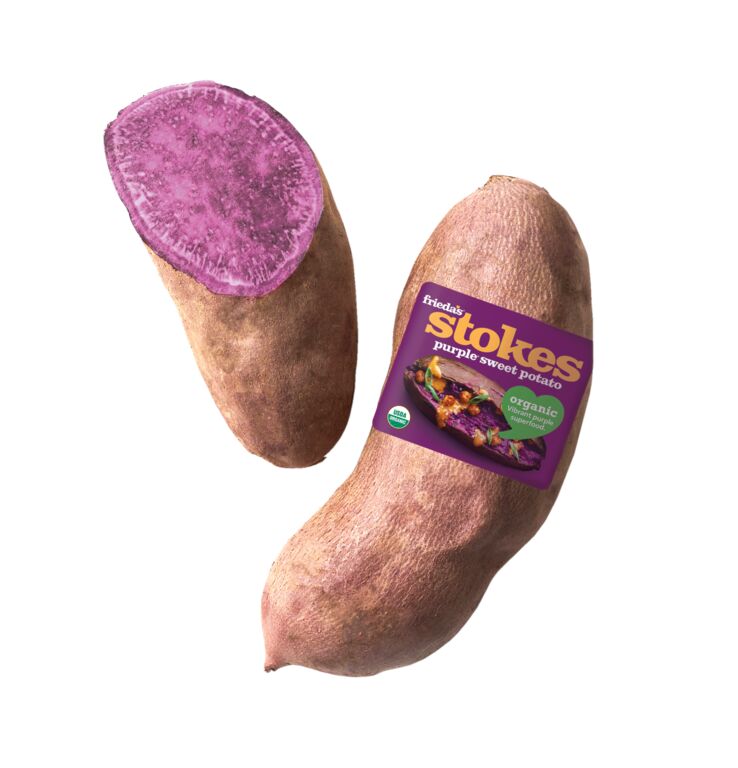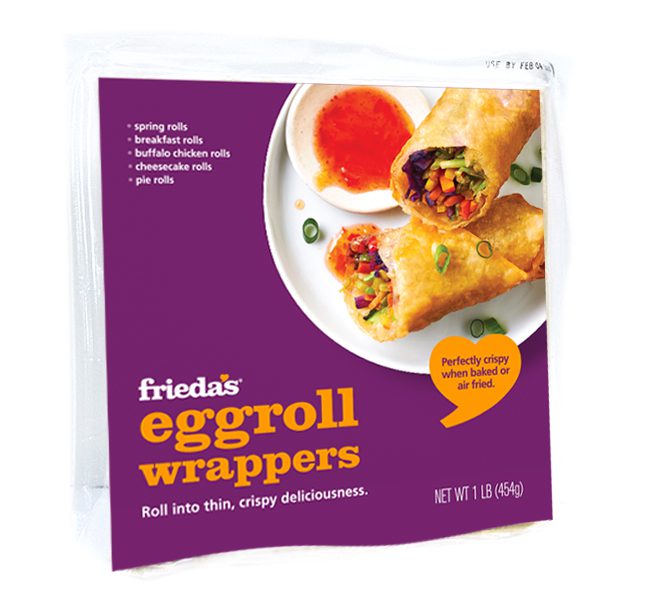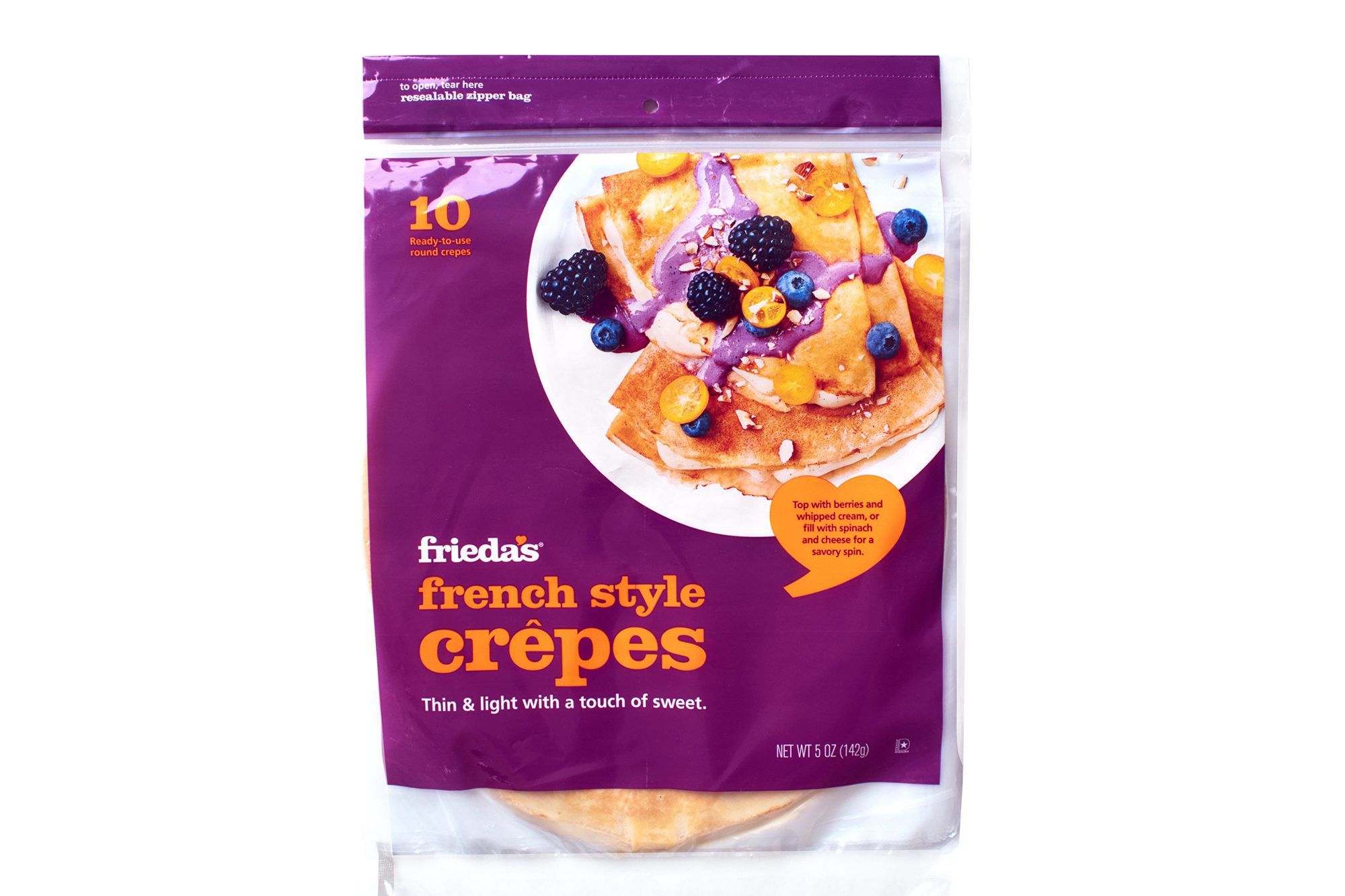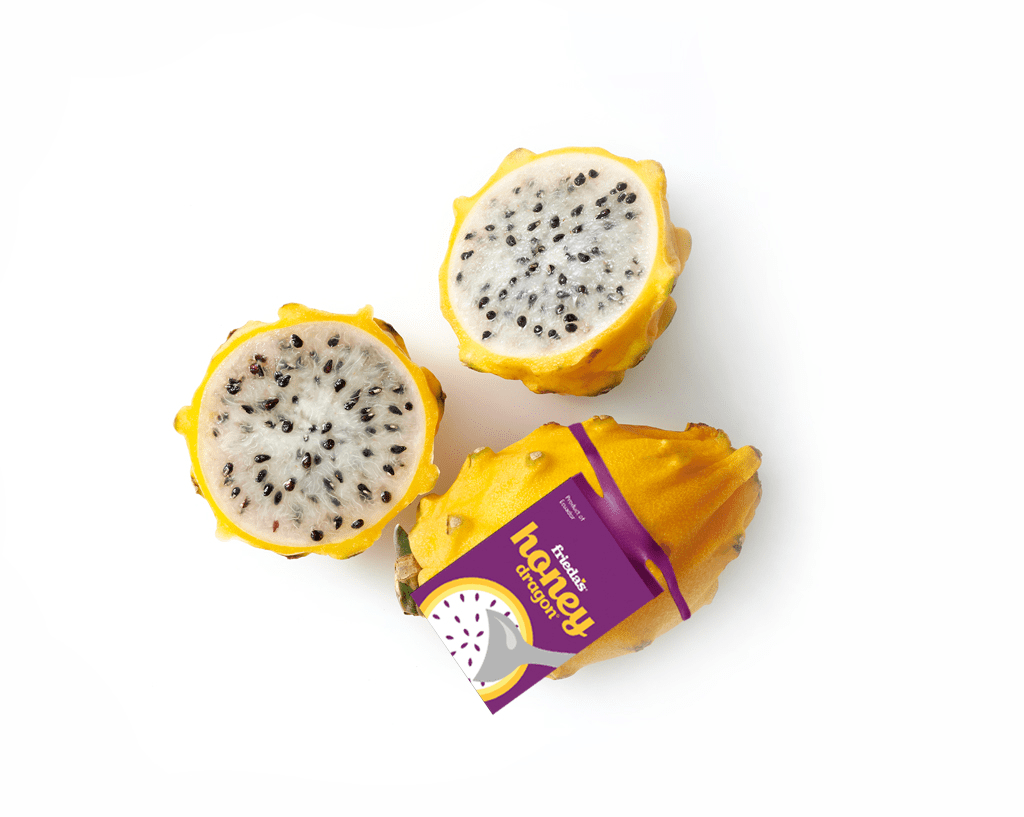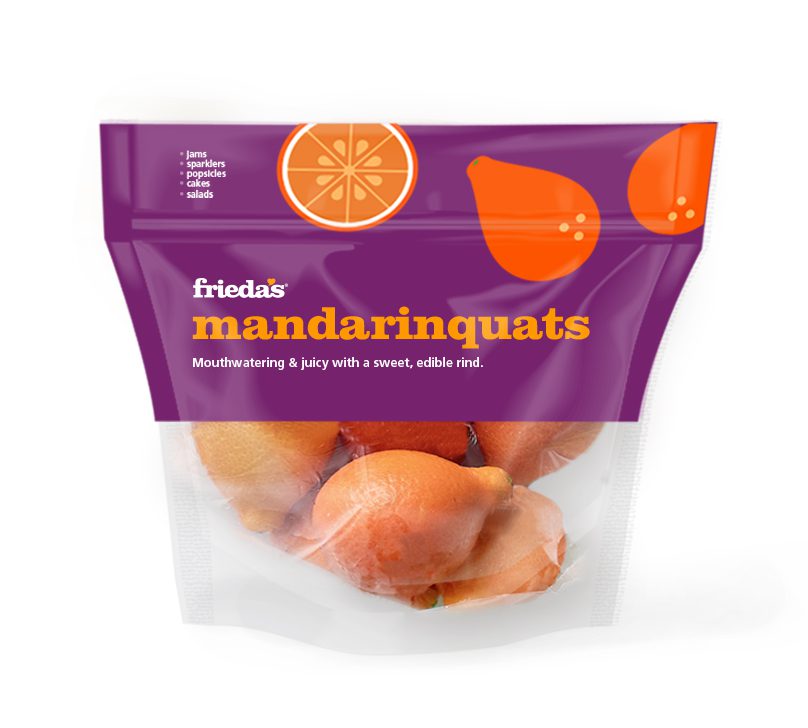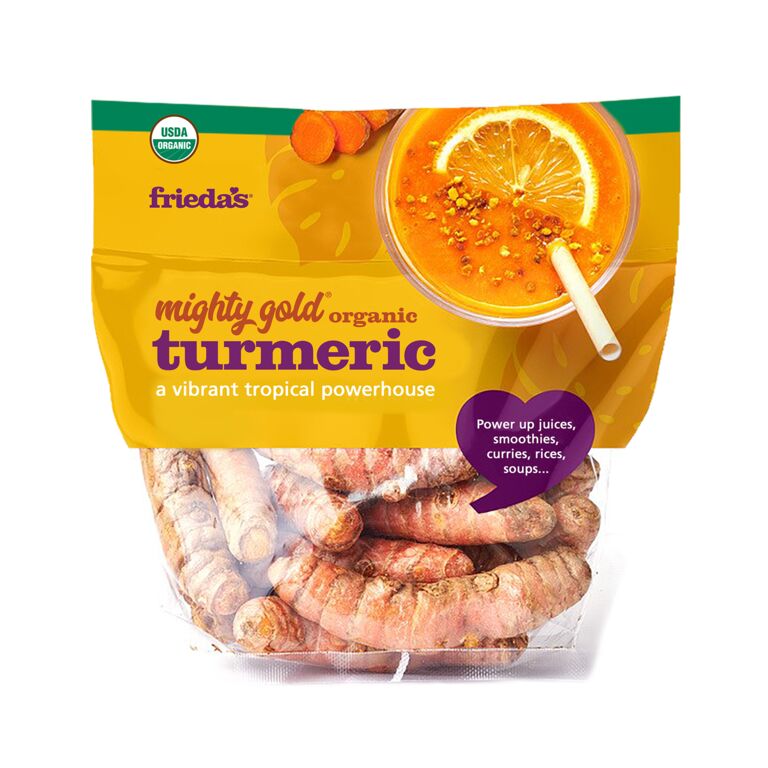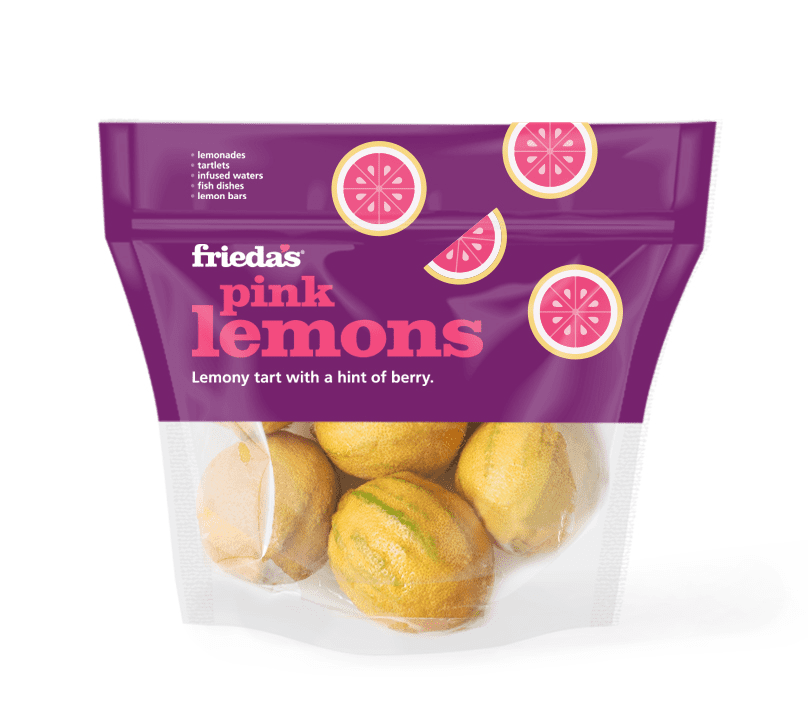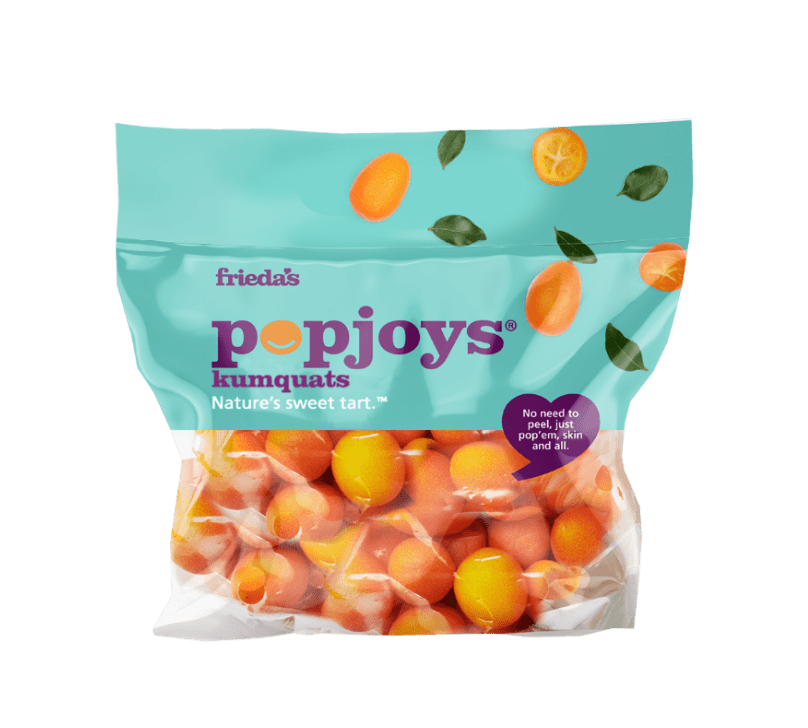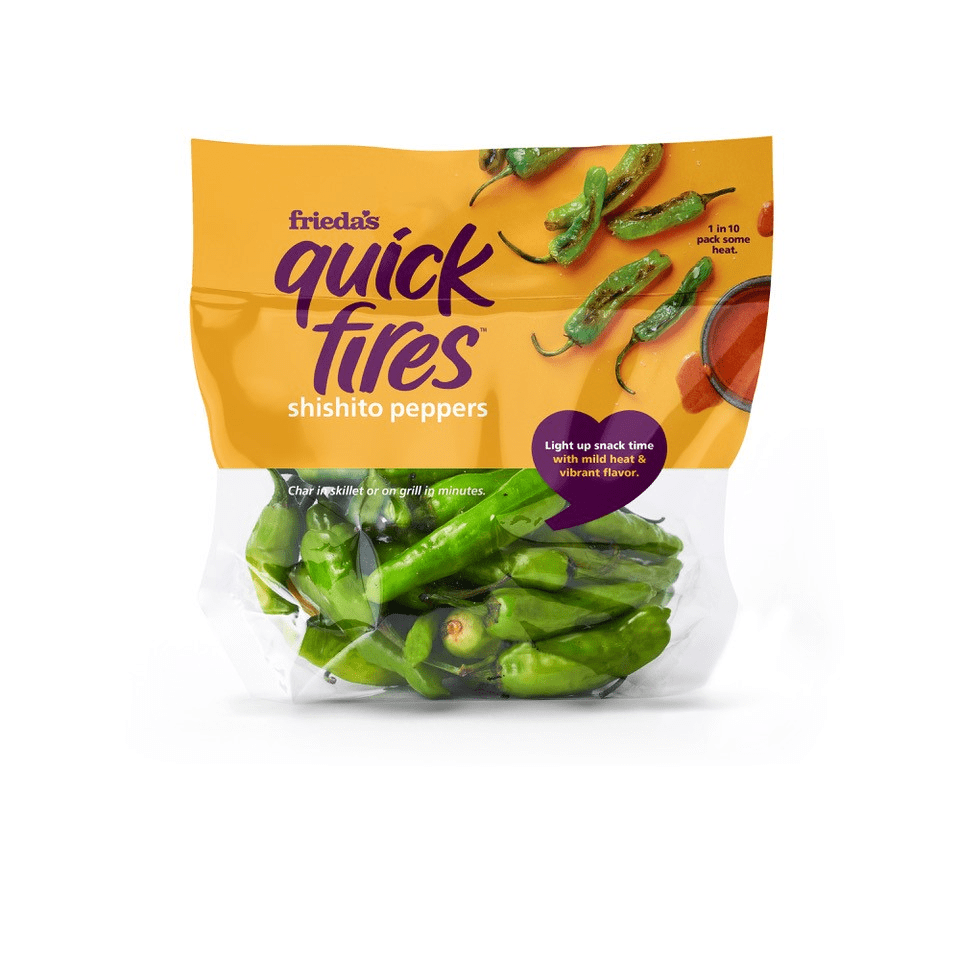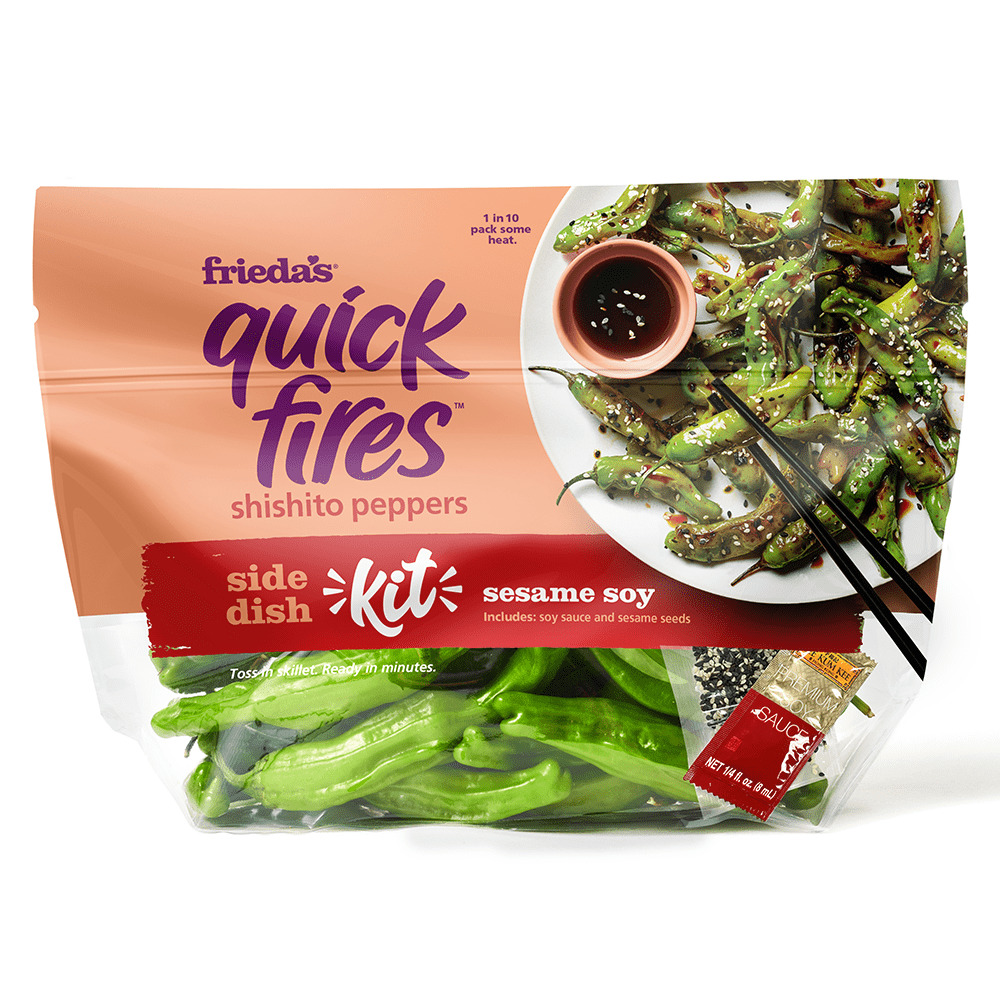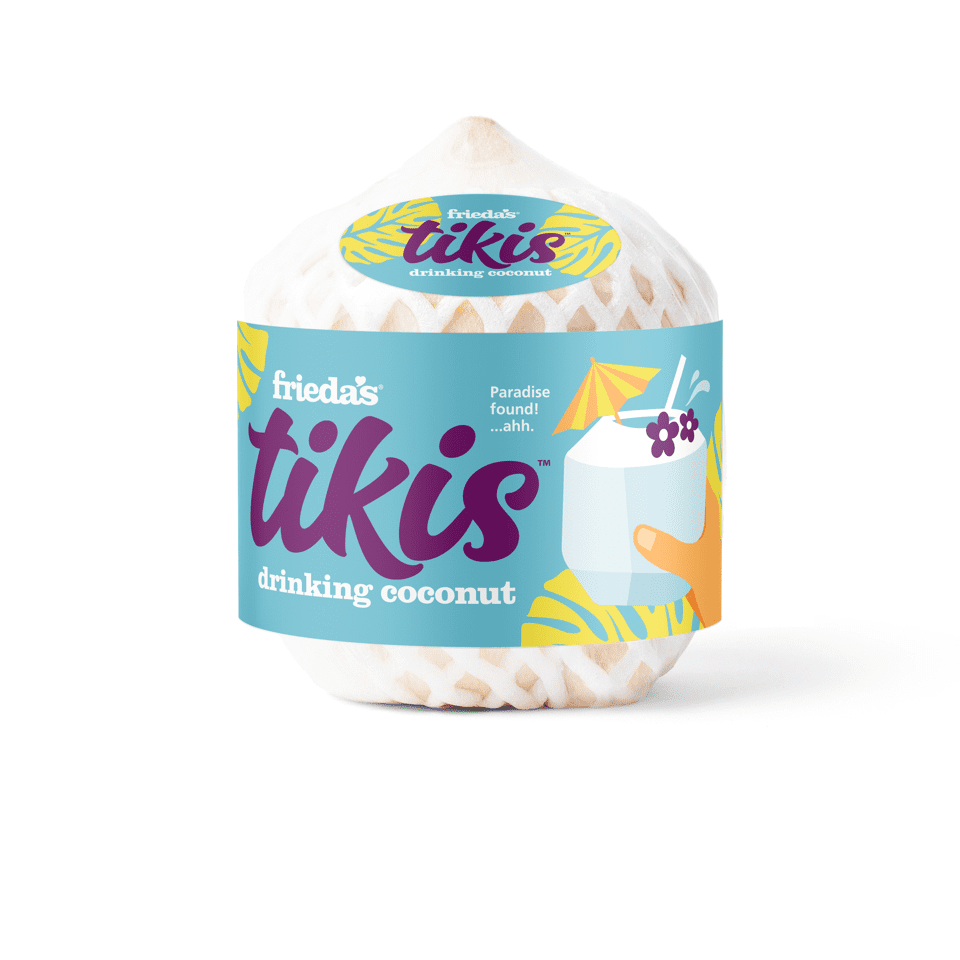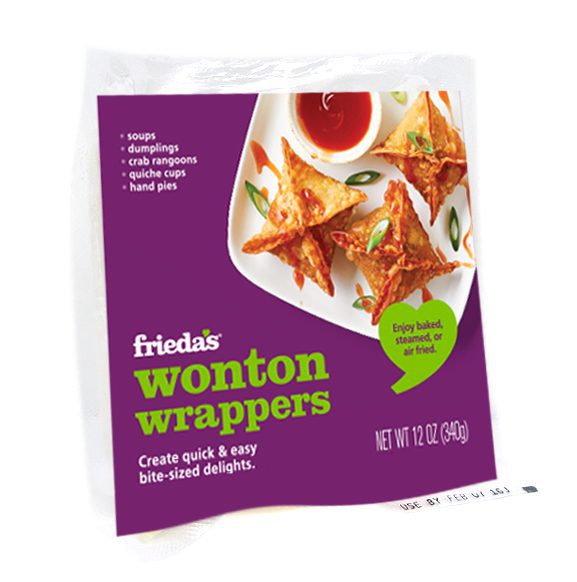Demystifying different types of purple sweet potatoes, one tuber at a time!
Updated March 30, 2020
There is no doubt that purple sweet potatoes have gained popularity—just open the pages of Eating Well, Martha Stewart Living, The Washington Post and O, The Oprah Magazine. Even journalist Dan Buettner, author of Blue Zones, credits these purple beauties with being part of the diet and lifestyle that has propelled the longevity of the centenarian Okinawa population. But not all varieties of purple sweet potatoes are created equal.
The four main types of purple-fleshed sweet potatoes consumed in the U.S. are Stokes Purple® sweet potatoes, Okinawan sweet potatoes, Murasaki sweet potatoes and Charleston sweet potatoes. Ube (pronounced OO-beh) is available in concentrate form only, not as a fresh potato. Shoppers and foodies alike often confuse these varieties based on skin color, flesh color, different names and even incorrect internet images.
Take a look at what makes each variety different.
Stokes Purple® Sweet Potatoes
Born in the U.S.A., Stokes Purple® sweet potatoes originated in Stokes County, North Carolina. They’re now grown commercially in the perfectly sandy soil of central California. Available year-round, these sweet potatoes have purple-tinted skin with a deep purple flesh that intensifies when cooked.
Exclusive to Frieda’s, these unique Stokes Purple® sweet potatoes have a somewhat moist, moderately starchy texture and are mildly sweet with slight floral notes. They are a good source of vitamin C and contain a high level of anthocyanins—the antioxidant compound also found in blueberries that gives this potato its purple hue.
Some of our favorite ways to use Stokes Purple® sweet potatoes include sweet potato pie, served as a crostini, or in stuffing, soups, curries and more!
Stokes Purple® sweet potatoes are available at grocery stores nationwide and on our website at www.friedas.com/shop.
Okinawan Sweet Potatoes
Believed to have come from the Aztecs of South America with the Spaniards to the Philippines and China in the 1490s, the plant of these sweet potatoes did not reach Japan until the 1600s. The initial planting was in Okinawa—the southern island of Japan—before they were cultivated throughout Japan, hence the name. Eventually these purple tubers ended up in Hawaii and became a part of the native menu—they are also known as Hawaiian sweet potatoes.
With a creamy, beige skin on the outside and bluish-purple flesh on the inside, these sweet potatoes are grown in Hawaii for the U.S. market. Okinawan sweet potatoes have a mildly sweet flavor with notes of honey and a dry, very starchy texture. According to The Blue Zones by Dan Buettner, consumption of these potatoes is correlated to living a longer life.
Murasaki Sweet Potatoes
Murasaki sweet potatoes (also known as Japanese sweet potatoes) first originated in Louisiana, developed by the Louisiana State University’s Sweet Potato Research Station in the early 2000s. Today they are primarily grown in California.
This sweet potato variety has reddish-purple skin with a flesh that is actually white. Their name comes from the Japanese word for purple because of the color of their skin. If you’re wondering what this looks like—check your phone! The sweet potato emoji is actually a Murasaki! Murasaki sweet potatoes have a sweet taste with notes of brown sugar and vanilla, and a very starchy, moist texture, making them good sweet potatoes for baked goods. They are a good substitute for the fresh ube variety given their level of sweetness, although they lack the beautiful purple color that ube is known for.
Charleston Sweet Potatoes
The Charleston sweet potato is not as widely available in grocery stores as some other varieties. Its purple flesh is slightly sweet with earthy notes but it is very dry and chalky in texture so it is commonly used in seasoned savory dishes as well as in Asian cuisine.
Ube (Purple Yam)
Ube is commonly used in desserts all over the world—in ice creams, tarts and even donuts! Also known as a purple yam, ube is a staple of the Filipino kitchen and is well-loved all over Asia as a dessert ingredient for its sweet and nutty flavor.
With all the attention on ube comes the confusion about this elusive yam. (Yes, a true yam!)
First of all, we have never seen ube available fresh in the States. Many people would argue that they indeed have bought some ube, but photographic proof usually shows they have purchased either Stokes Purple® or Okinawan sweet potatoes (or sometimes even taro root, as it can be slightly pinkish on the inside).
This, folks, is fresh ube.
You can blame the misconceptions on the plethora of information and imagery on the internet. If you search for an image of ube yourself, you’ll understand the conundrum. Only when you search for ube’s botanical name Dioscorea alata will you find ube’s true form: a tuber with brown, bark-like skin and flesh that ranges from white with purple specks to lilac.
Now, the ube that is used widely comes as a jam (Ube Halaya) or in a powder, extract, or frozen form. It turns out that preparing these true yams is labor intensive and that is why they’re commonly available in processed forms. Ube pops up in some unexpected places, including in McDonald’s ice cream in Asia and Yogurtland here in the U.S.
Now, go forth and explore all the majesty of purple sweet potatoes and let us know which ones you like best!
To check out more of our Ultimate Guides, click here, here and here.

